Yard looking horible...... part II
Aridecommando
9 years ago
Related Stories
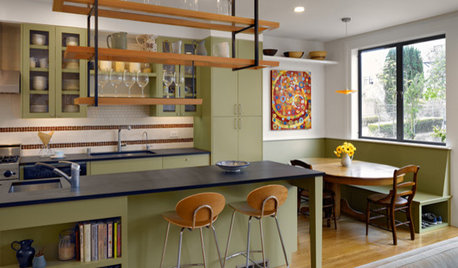
KITCHEN DESIGNAlternatives to Granite Countertops, Part III
9 more reasons to rethink the granite kitchen counter
Full Story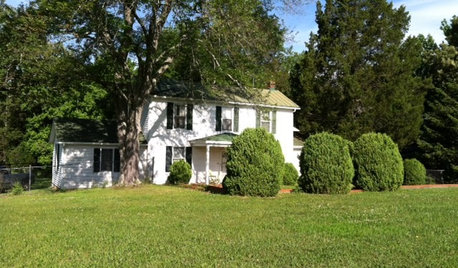
LIFETime Travel to Houzzers' Childhood Homes, Part 3
See postwar homes built by family members, rural farmsteads, cold-water flats and much more
Full Story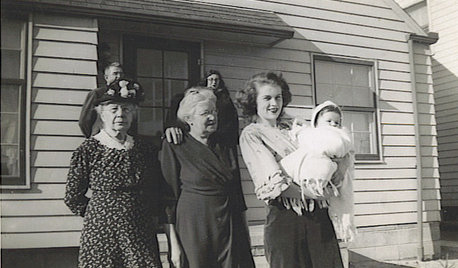
LIFETime Travel to Houzzers' Childhood Homes, Part 1
Peek into home design's past and share the memories of Houzz community members with these personal photos and stories
Full Story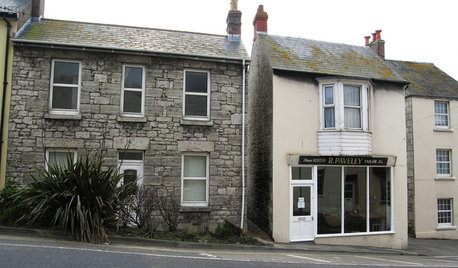
LIFETime Travel to Houzzers' Childhood Homes, Part 2
Catch a glimpse of kit houses, bungalows, Tudors and more just as they were way back when — and listen in on the intriguing personal stories
Full Story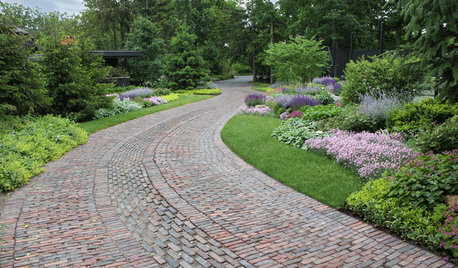
LANDSCAPE DESIGN6 Driveway Looks Take Landscapes Along for the Ride
See how to design a front yard that makes your driveway its own destination
Full Story
REMODELING GUIDESLaminate Floors: Get the Look of Wood (and More) for Less
See what goes into laminate flooring and why you just might want to choose it
Full Story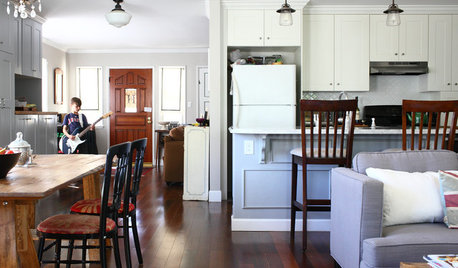
HOUZZ TOURSMy Houzz: 1940s Fixer-Upper Grows Up With the Family
After living in their post–World War II house for 8 years, a couple transform it into a home that works for their family today
Full Story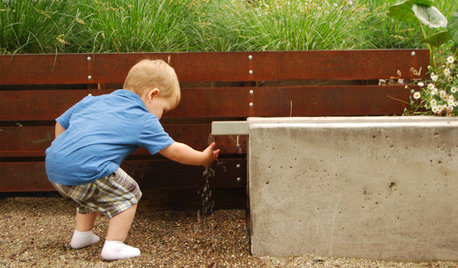
GARDENING AND LANDSCAPING9 Ways to Make Your Yard More Fun for Kids
Draw the younger set outside while keeping grown-up spaces and style intact. Some of these ideas don’t even cost a dime!
Full Story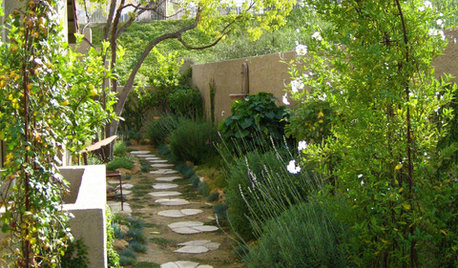
GARDENING AND LANDSCAPING8 Splendid Side Yard Designs
Treat your skinny side yard like the beautiful green corridor it wants to be, with these verdant garden designs as inspiration
Full Story
GARDENING GUIDESHow to Find the Right Native Plants for Your Yard
Find plant maps, sale sites and guides that make going native in the garden easier than ever
Full StoryMore Discussions






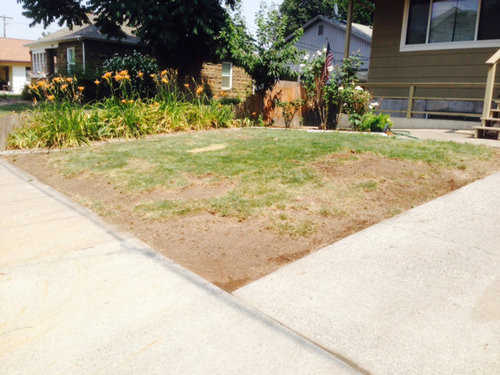

AridecommandoOriginal Author
AridecommandoOriginal Author
Related Professionals
Clemson Landscape Architects & Landscape Designers · Kapaa Landscape Architects & Landscape Designers · Rossville Landscape Architects & Landscape Designers · Wheeling Landscape Architects & Landscape Designers · Barrington Landscape Contractors · Fort Myers Landscape Contractors · Pueblo West Landscape Contractors · Selden Landscape Contractors · Shaker Heights Landscape Contractors · South Lake Tahoe Landscape Contractors · Thonotosassa Landscape Contractors · Twin Falls Landscape Contractors · View Park-Windsor Hills Landscape Contractors · Waltham Landscape Contractors · Markham Landscape Contractorsdchall_san_antonio
AridecommandoOriginal Author
dchall_san_antonio